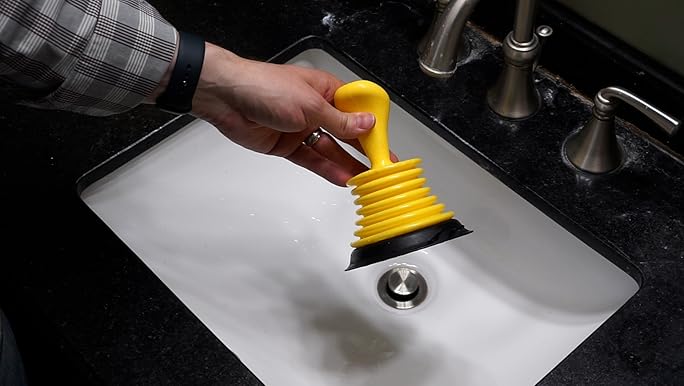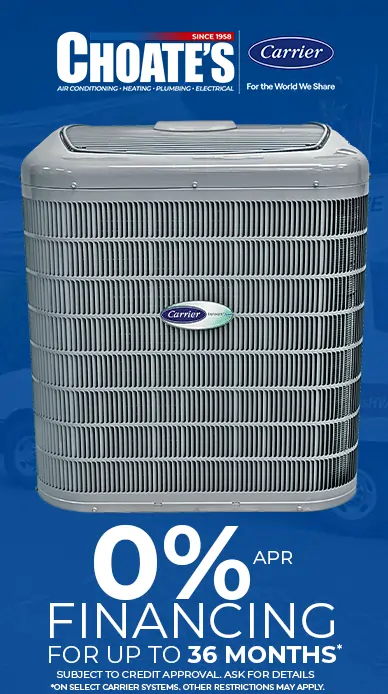901 755 4797
How to Unclog a Bathroom Sink (Memphis Homeowner’s Guide)
Most bathroom sink clogs come from hair and soap scum. Start with the simple fixes and only step up if the clog won’t budge. This Memphis-focused guide shows exactly what to try, what to avoid, and when to call a licensed plumber.
Before You Start: Safety & Smart Prep
- Skip chemical drain cleaners if you plan to plunge or open the P-trap—mixing methods is unsafe and can damage finishes and seals.
- Mind PVC: Very hot water can soften plastic fittings. Use hot—not boiling—water on plastic drains.
- Protect the area: Gloves, towels, a small bucket, and good lighting go a long way.
Method 1: Hot Water + Dish Soap + Baking Soda & Vinegar
Best for light clogs from soap film and grime.
- Remove any standing water from the basin.
- Heat water to very hot (avoid a hard boil for PVC).
- Squeeze 2–3 seconds of dish soap into the drain, then pour the hot water slowly.
- Still slow? Add 1 cup baking soda followed by 1 cup white vinegar.
- Cover the drain with a stopper for 15–30 minutes as it fizzes.
- Flush with more hot water.
Good sign: Water level drops and stays down. If not, move to Method 2.
Method 2: Plunge the Sink (Yes, It Works)
Best for clogs just beyond the stopper.
- Remove the stopper (pull up and twist; if needed, loosen the pivot rod nut under the sink and re-tighten after).
- Fill the basin until the drain is covered by about an inch of water.
- Plug the overflow hole with a damp cloth for better pressure.
- Center a sink plunger over the drain, seal, and plunge for 15–20 seconds.
- Lift the plunger—water should rush away. Refill and test. Repeat if needed.
Method 3: Pull Hair with a Drain-Clearing Tool
Best for hair clogs that resist plunging.
- Put on gloves and remove the stopper.
- Feed a zip-it or barbed plastic stick into the drain as far as it will go.
- Twist and jiggle to snag hair, then pull out slowly (expect a messy clump).
- Repeat until the tool comes out clean, then flush with hot water and reinstall the stopper.
Method 4: Clean the P-Trap (U-Shaped Pipe)
Best for clogs trapped under the sink.
- Clear the cabinet and place a bucket under the trap.
- Loosen the slip nuts by hand or with slip-joint pliers and remove the trap.
- Empty contents into the bucket; scrub the trap with a bottle brush or bent wire.
- Check the trap arm (pipe to the wall) near the opening and wipe debris.
- Reassemble and hand-tighten. Run water and check for leaks; snug a quarter-turn with pliers if needed.
Still Clogged? What It Might Mean
- A blockage farther down the line (shared bathroom drain or stack)
- A venting problem that causes slow drainage and gurgling
- A worn or misaligned pop-up assembly that traps debris
At this point, a licensed plumber can cable the line or run a small camera to diagnose without guesswork.
Memphis Tips to Prevent the Next Clog
- Use a hair catcher and clean it weekly.
- Rinse with hot water after shaving or brushing to move soap film through.
- Wipe and clean the stopper monthly—hair wraps around it.
- Go easy on heavy lotions, waxes, and thick cosmetics in the sink.
- Schedule a quick drain check if clogs return—older Midtown baths and busy family bathrooms clog faster.
Need a Hand? Choate’s Can Unclog Your Bathroom Sink Today
When DIY doesn’t do it—or you’d rather skip the mess—Choate’s licensed plumbers can clear the line, fix the stopper, and check for repeat-clog causes. We serve Memphis, Collierville, Germantown, Bartlett, Cordova, Lakeland, Southaven, Olive Branch, and nearby communities.
Schedule Service or call 901-755-4797.
Bathroom Sink Unclogging FAQs (Memphis & the Mid-South)
Is it safe to pour boiling water down my bathroom sink?
Use caution. Very hot water is fine, but boiling water can soften or damage PVC fittings. If you’re unsure, stick to hot—not boiling—water.
Should I use chemical drain cleaners on a bathroom sink clog?
We don’t recommend them. Chemical cleaners can damage finishes and seals, and they’re unsafe to mix with plunging or P-trap disassembly. Mechanical removal (plunger, drain tool, or professional cabling) is safer and more effective.
What if my bathroom sink keeps clogging again and again?
Recurring clogs suggest deeper buildup, a venting issue, or a faulty stopper assembly. A plumber can camera-inspect and clear beyond the P-trap so the clog doesn’t return.
What’s the fastest way to unclog a bathroom sink at home?
Start simple: remove standing water, run hot (not boiling) water with a small squeeze of dish soap, then try a sink plunger. If that fails, use a zip-it hair tool. If the clog persists, clean the P-trap.
How do I plunge a bathroom sink correctly?
Use a small cup plunger. Remove the stopper, add enough water to cover the drain cup, plug the overflow hole with a damp cloth, then plunge 15–20 seconds with a tight seal. Refill and test. Repeat if needed.
How do I remove a bathroom sink stopper to clear hair?
Many stoppers pull up and twist. If not, loosen the pivot-rod nut under the sink, unclip the rod from the stopper, lift the stopper out, clean it, then reattach and hand-tighten the nut.
Can baking soda and vinegar unclog a bathroom sink?
Sometimes—when soap film is the culprit. Use about 1 cup baking soda and 1 cup white vinegar, cover the drain 15–30 minutes, then flush with hot water. For hair clogs, a drain tool works better.
When should I clean the P-trap under the sink?
If plunging and a hair tool don’t restore flow, remove and clean the P-trap. Place a bucket under the trap, loosen the slip nuts, empty debris, brush clean, then reassemble and check for leaks.
What tool works best for a hair clog in a bathroom sink drain?
A zip-it or barbed plastic drain tool is quick and effective for hair. For deeper clogs, a mini drain snake or a professional cabling machine may be needed.
Why does my bathroom sink gurgle or smell like sewer gas?
Gurgling often points to a venting or airflow problem. Odors can come from a dry P-trap, organic buildup, or a loose connection. Try running water to refill the trap and clean the stopper; call a plumber if odors persist.
Can I use a shop-vac to unclog a bathroom sink drain?
It can work for shallow clogs if you can seal the drain and overflow, but it’s messy and not always effective. A plunger or hair tool is usually safer for DIY.
How do I prevent bathroom sink clogs in the first place?
Use a hair catcher, clean the stopper monthly, rinse with hot water after shaving or brushing, and avoid thick cosmetics or waxes down the drain. Schedule a quick check if clogs keep coming back.
How much does it cost to have a plumber unclog a bathroom sink in Memphis?
Costs vary by severity and access. You’ll get clear pricing after diagnosis. For a fast quote, call 901-755-4797 or schedule online.


